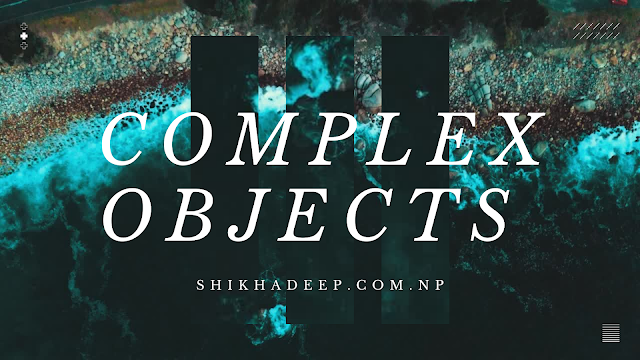What is complex object? What is the difference between structured and unstructured complex
Complex objects
Complex objects are built from simpler ones by applying constructors to them. The simplest objects are objects such as integers, characters, byte strings of any length, booleans, and floats (one might add other atomic types). There are various complex object constructors: tuples, sets, bags, lists, and arrays are examples.
The difference between structured and unstructured complex are as follows:-
Unstructured complex object
These are provided by a DBMS and permit the storage and retrieval of large objects that are needed by the database application. Typical examples of such objects are bitmap images and long text strings (such as documents); they are also known as binary large objects, or BLOBs for short. This has been the standard way by which Relational DBMSs have dealt with supporting complex objects, leaving the operations on those objects outside the RDBMS.
Structured complex object
This differs from an unstructured complex object in that the object's structure is defined by repeated application of the type constructors provided by the OODBMS. Hence, the object structure is defined and known to the OODBMS. The OODBMS also defines methods or operations on it.




Comments
Post a Comment